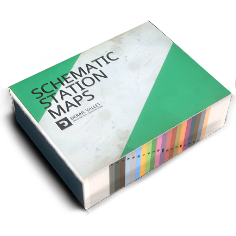Translations:Coupling/1/it: Difference between revisions
Appearance
Importing existing translations |
(No difference)
|
Revision as of 16:41, 28 February 2025
L'aggancio è il metodo utilizzato per collegare i rotabili e formare un treno. In Derail Valley, il sistema di aggancio utilizzato è universalmente noto come "catena e respingenti". I rotabili sono agganciati da una catena, chiamata “tenditore”, avvitata saldamente, e sono mantenuti a distanza da ammortizzatori noti con il nome di “respingenti”. Oltre alla catena e ai respingenti, tra un rotabile e l’altro sono presenti le condotte dell'aria. Quando le condotte sono collegate e le relative valvole aperte, si crea un unico tubo lungo tutto il treno che serve a far funzionare l’impianto frenante.
